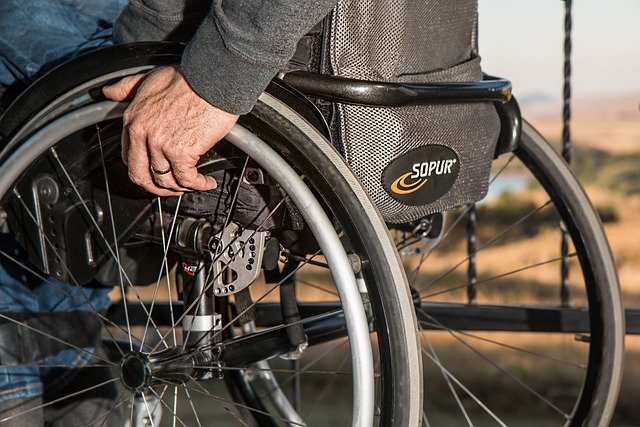Wheelchairs: Choosing the Right Mobility Aid
Wheelchairs are essential mobility devices that support independence, participation, and daily comfort for people with limited walking ability. Selecting the right chair involves understanding options, assessing individual needs, and coordinating with health professionals and local services to ensure safety and long-term usability. This guide explains key considerations and common types of wheelchairs.

What types of wheelchair are available?
Wheelchairs come in several basic types: manual, transport, lightweight/active, and power wheelchairs. Manual wheelchairs are propelled by the user or a caregiver and are often the most affordable and portable. Transport chairs are designed for caregivers to push and are lighter but not for independent propulsion. Lightweight and active wheelchairs use lighter frames and optimized ergonomics for sports or daily active use. Power wheelchairs use electric motors and controls for users with limited upper-body strength or endurance. Each type has trade-offs in weight, maneuverability, durability, and transportability.
How do wheelchairs improve mobility?
A wheelchair’s primary role is to restore mobility and facilitate daily activities, social engagement, and access to work or education. Properly fitted wheelchairs reduce the risk of pressure sores, musculoskeletal strain, and fatigue by supporting posture and distribution of body weight. Mobility improvements also depend on accessories like cushions, seat belts, anti-tippers, and custom footrests. Working with occupational therapists, physical therapists, or local services ensures the chair matches the user’s environment—home, workplace, or outdoors—and supports long-term mobility goals.
How does disability affect wheelchair choice?
Disability type and functional ability heavily influence the best wheelchair option. For people with spinal cord injuries, progressive neurological conditions, or significant muscle weakness, posture support, pressure-relief seating, and customized controls can be critical. For intermittent or short-term mobility limitations, a standard manual or transport wheelchair may suffice. Cognitive and visual impairments also affect safety and control preferences. A thorough assessment by a multidisciplinary team helps identify the right combination of seat width, back height, cushioning, and control interfaces tailored to an individual’s disability and lifestyle.
Is a wheelchair considered medical equipment?
Yes, wheelchairs are classified as medical equipment when prescribed to address mobility impairment or to prevent secondary health complications. This designation influences procurement, funding, and maintenance pathways. Medical equipment providers and durable medical equipment programs can advise on repairs, warranties, and appropriate accessories. Many healthcare systems and insurers have specific rules for coverage, so documenting medical necessity through clinical notes and assessments often determines eligibility. Regular maintenance and timely repairs are also important to ensure safety and longevity of the equipment.
When is a power wheelchair appropriate?
A power wheelchair is appropriate for users who cannot safely or effectively self-propel a manual chair due to limited strength, endurance, coordination, or respiratory issues that make pushing impractical. Power chairs offer various control methods—joysticks, head arrays, sip-and-puff systems—for differing physical abilities. They are especially useful for long distances, uneven terrain, or when frequent independent mobility throughout the day is needed. Considerations include battery life, turning radius, transportability in vehicles, and whether the home environment can accommodate the chair’s size. Trial periods and mobility assessments from clinicians help determine suitability.
This article is for informational purposes only and should not be considered medical advice. Please consult a qualified healthcare professional for personalized guidance and treatment.
Wheelchair selection also involves practical considerations like transport, storage, and the availability of local services for fitting and maintenance. Many users benefit from a trial period with different models to evaluate comfort and daily performance. Repairs, cushion replacement, and pressure-relief adjustments are common ongoing needs, so choosing a provider with reputable aftercare and accessible service in your area is wise.
In summary, choosing the right wheelchair balances type (manual or power), individual functional needs related to disability, seating and support requirements, and the logistics of daily life. Collaborating with healthcare professionals and local services—combined with hands-on trials—helps ensure the selected medical equipment supports long-term mobility, safety, and quality of life.






